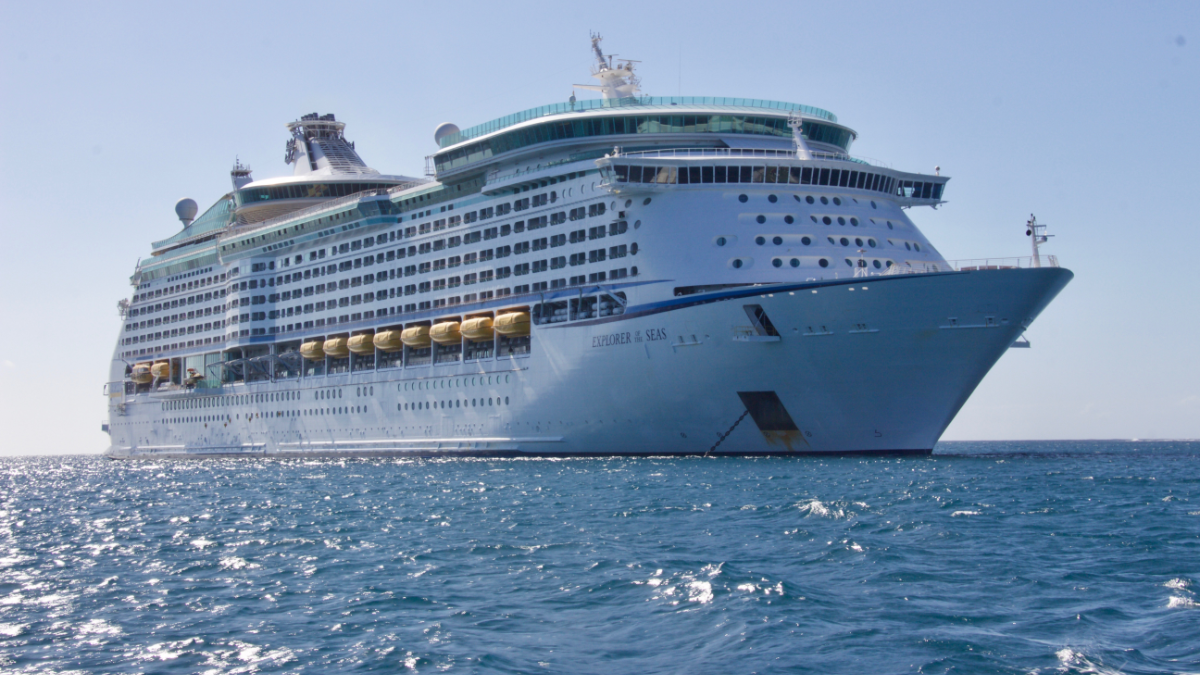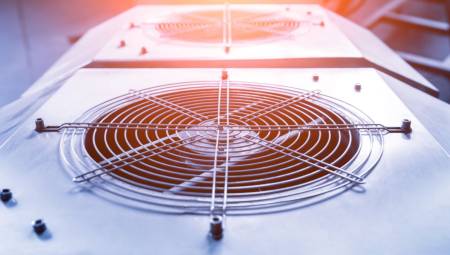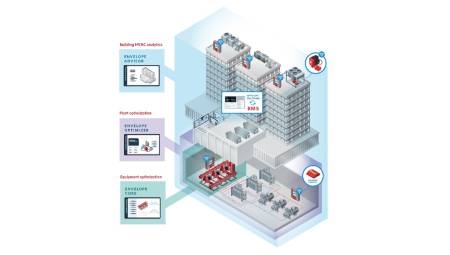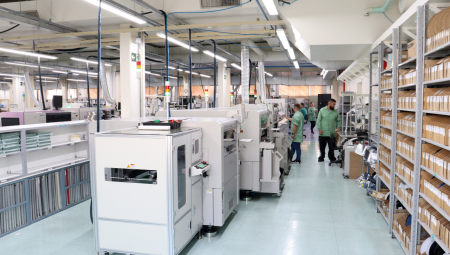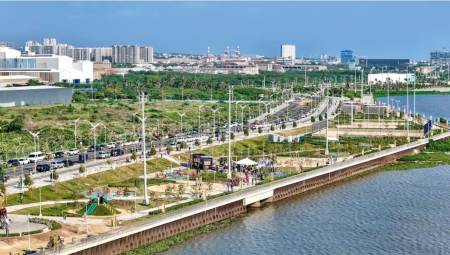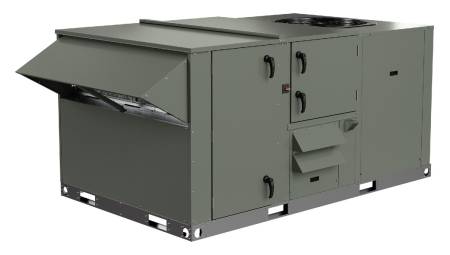International. Demand-driven technology optimizes energy use in galleys and staterooms on cruise ships. A key improvement in HVAC systems could be setting the course for more efficient and sustainable boating.
According to new data, installing demand-driven ventilation systems can reduce fuel consumption on cruise ships by up to 10%.
A technical report points out that this technology – which automatically regulates the volume and temperature of the air depending on occupancy or activity – is positioned as the most effective method to reduce fuel use and carbon emissions on board.
"With IMO regulations tightening, the market for HVAC upgrades is booming. On large cruise ships, ventilation typically accounts for around 30% of energy consumption, second only to propulsion. However, by implementing an on-demand ventilation system, for example in kitchens and cabins, this consumption can be reduced by a third," says Halton Marine.
Since electricity on cruise ships is generated by combustion engines, the impact on operating costs and carbon footprint is significant.
"According to our data, a demand-driven ventilation system reduces fuel consumption by about 10%. A large ocean liner can consume between 150 and 250 tons of fuel per day, which makes it a very significant value. The payback period for the investment is less than two years," says Claes Fog Boelge, CEO of Hvacon. The only way to get more savings on a passenger ship is to reduce the cruising speed, which is not realistic."
On these vessels, traditional ventilation operates 24 hours a day without considering occupancy. In contrast, new systems installed by companies such as Hvacon and Halton are activated only when necessary. In kitchens, for example, smart cooker hoods use infrared sensors to detect activity and adjust airflow in real time.
"The smart hood adjusts the amount of exhaust air to the actual cooking demand. We then use the data to automatically regulate the amount of exhaust and supply air," explains Mr. Fog Boelge.
Halton details that this same principle applies in cabins, where the system detects the presence of people to adjust the air supply. Sensors on balcony doors prevent unnecessary cooling when open, improving comfort without wasting energy.
"On many ships, ventilation equipment is reaching the end of its useful life. In addition, the ecological transition is advancing rapidly in the sector. Sustainable solutions are increasingly valued, and regulatory pressure from the International Maritime Organization (IMO) and other institutions is increasing rapidly," says Ms. Susanna Ahonen, Sales Team Manager at Halton.
The regulatory impulse is not minor. IMO has implemented new requirements such as the Energy Performance Index of Existing Ships (EEXI) and the Carbon Intensity Indicator (CII), which call for concrete improvements in energy efficiency. In addition, since 2024, the shipping sector has been part of the European Union's emissions trading system. Added to this is the FuelEU Maritime regulation, in force since January this year, which requires a reduction in the intensity of greenhouse gases.
Companies in the sector are under pressure to adopt concrete solutions. Improving energy efficiency in ventilation systems is presented as one of the most cost-effective, sustainable and fast-to-implement strategies.


